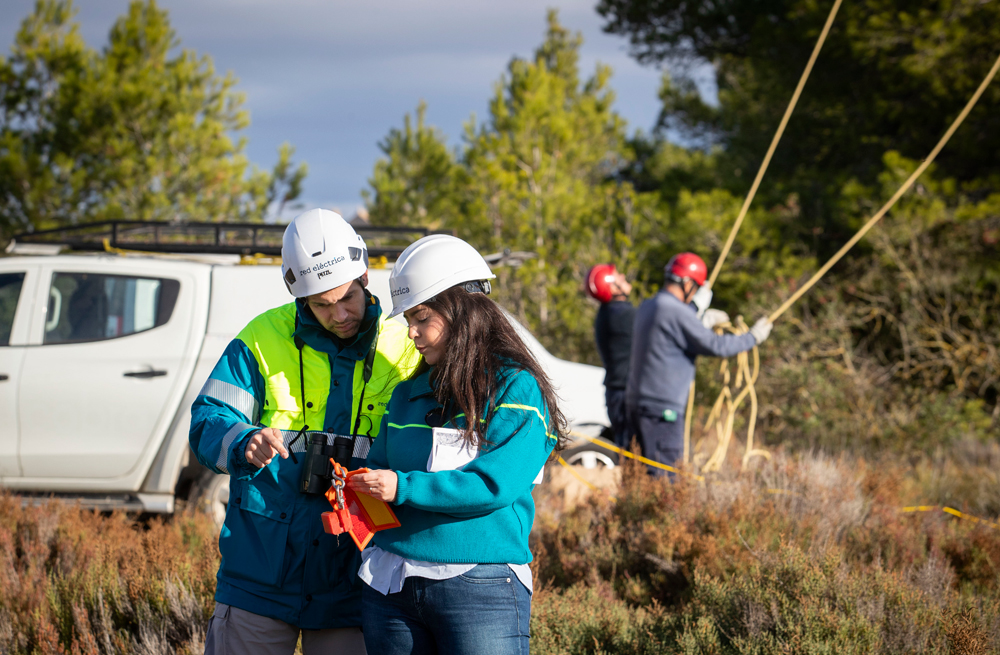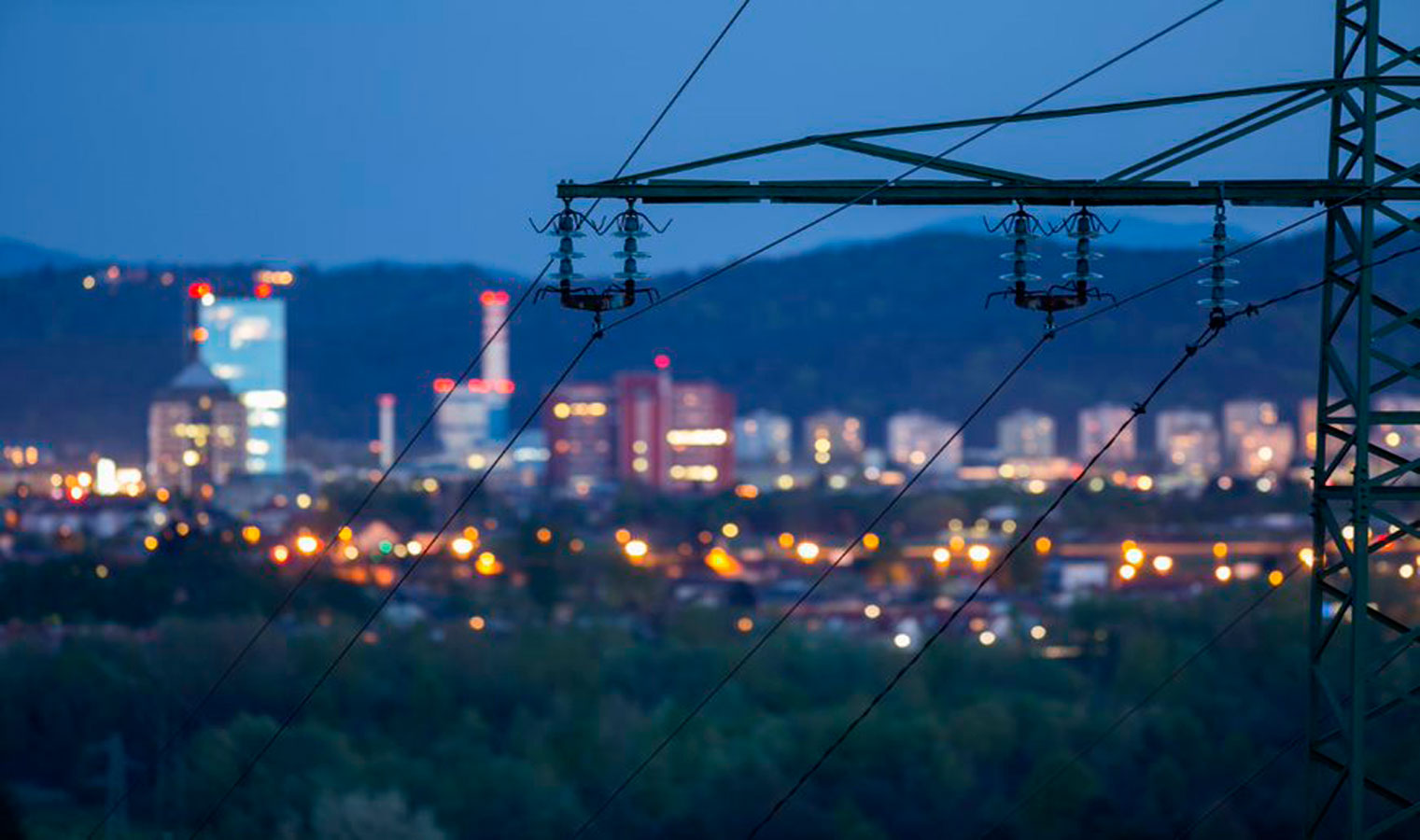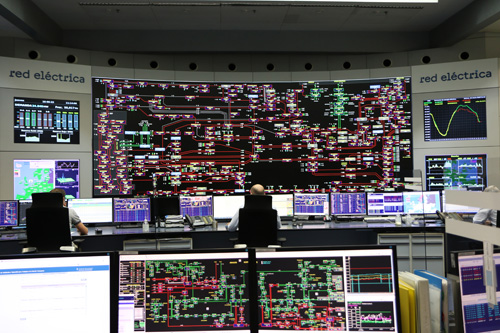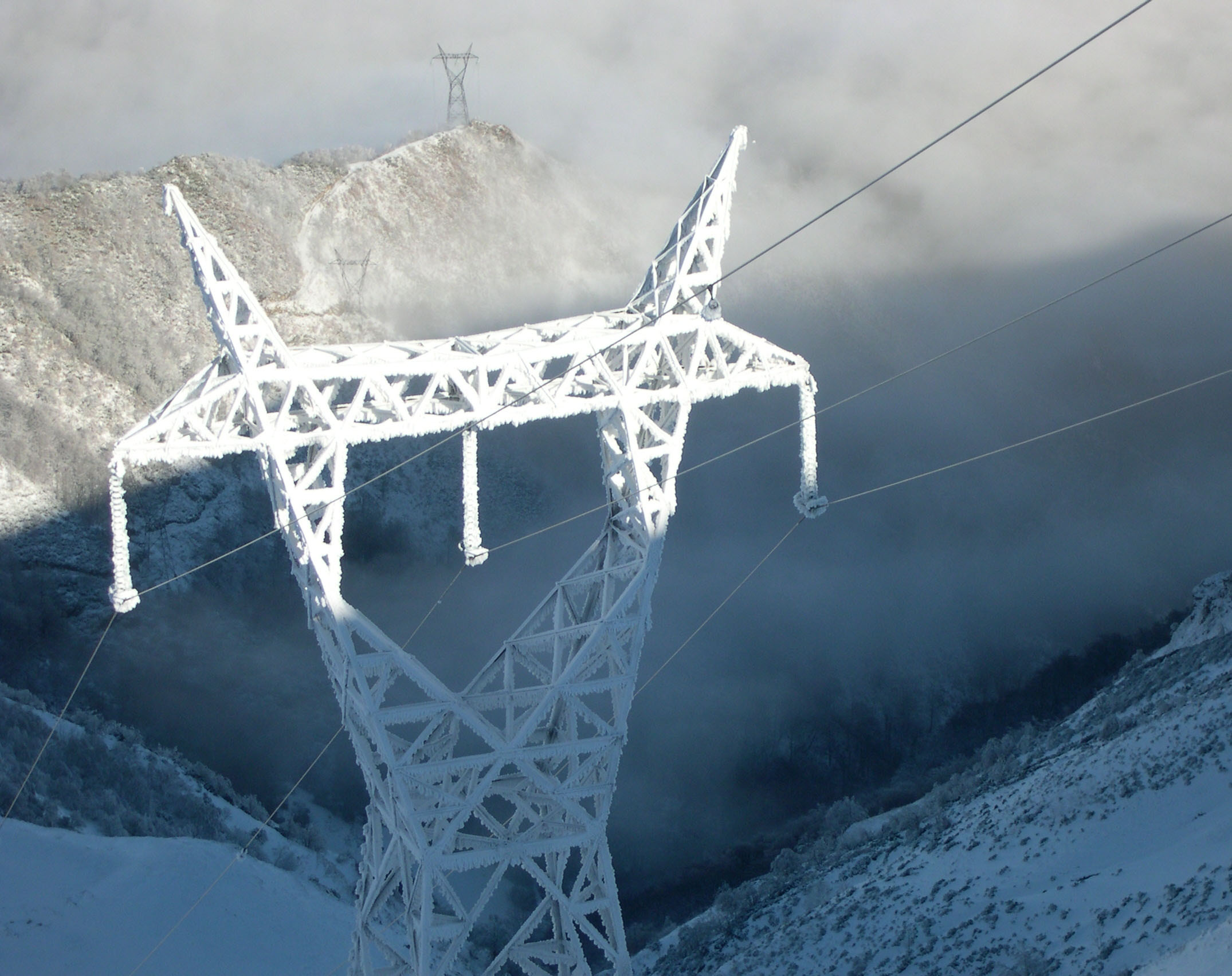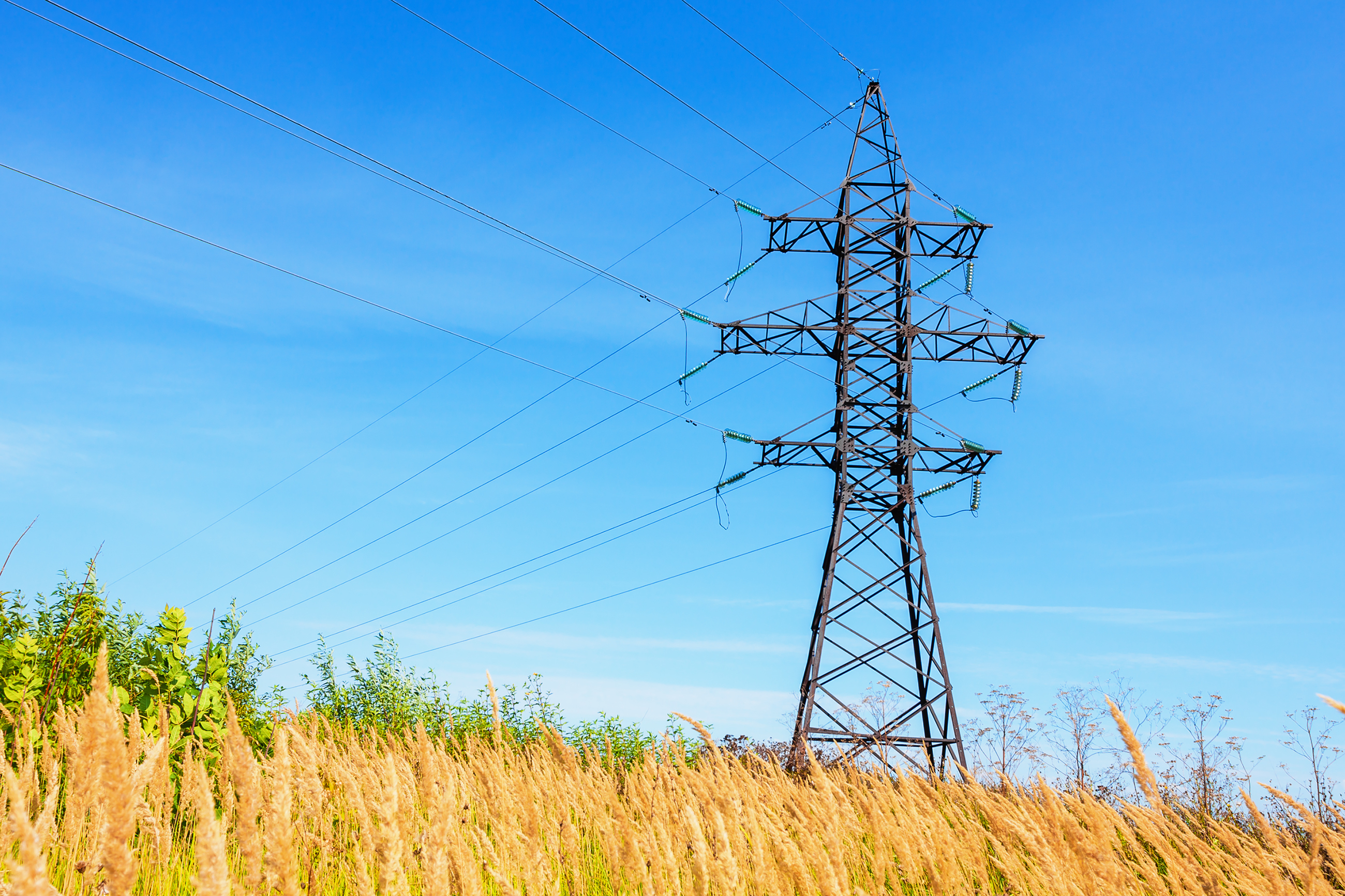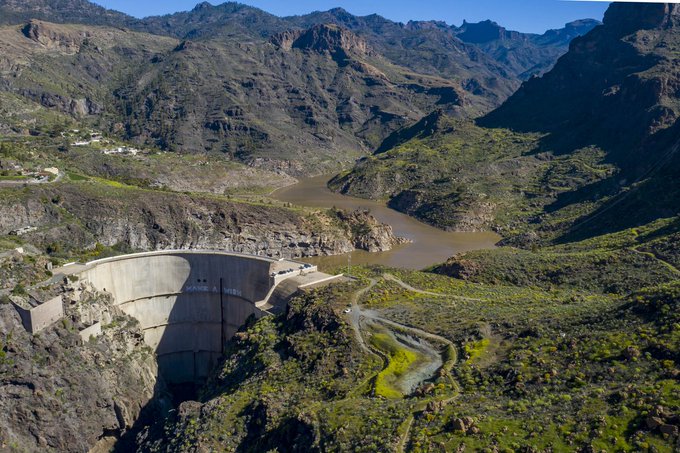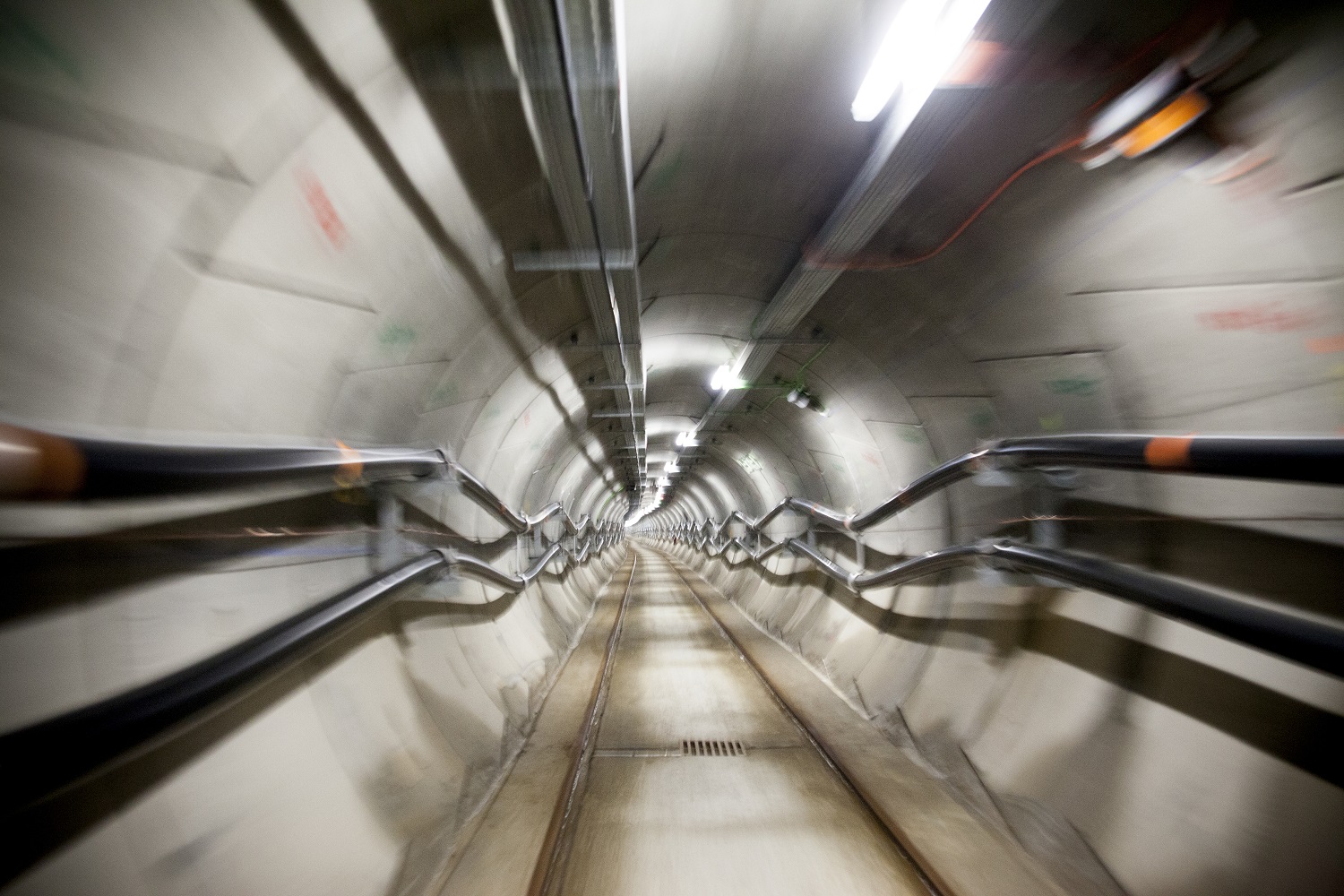For 40 years, we've been driving our country's economic and social progress. Four decades shaping Spain.
Red Eléctrica begins construction of the underground line for the Bay of Biscay interconnection with France
The 13 km route in Biscay is entirely underground, completely avoiding urban areas and utilising forestry tracks and paths.
The interconnection also involves the dismantling of two 10 km overhead power lines between Gatika and Lemoiz.
This project will enhance the security and quality of supply for both electrical systems, advance the integration of renewables, and increase the efficiency of both systems.
Red Eléctrica, Redeia's subsidiary responsible for the transmission and operation of the electrical system in Spain, has this week begun construction in Biscay on the land-based section of the new electrical interconnection with France via the Bay of Biscay.
The work involves digging two trenches approximately 1.5 metres deep along the 13-kilometre route, from the new Gatika converter station to its connection with the sea, passing through the municipalities of Gatika, Maruri-Jatabe, and Lemoiz. The route has been designed to completely avoid urban areas, making use of existing forestry tracks and paths for the most part. Once the land-based work is complete, the environment will be fully restored. As a result, the only visible elements will be a small inspection chamber every 500 metres.
This new phase of construction follows months of progress that have enabled the commencement of civil engineering works for the new Gatika converter station. Similarly, near the coast in Lemoiz, directional drilling is underway for the subsea cable landfall. Cable installation is scheduled to begin in about a year, with the entire initiative continuing until 2027.
Since the work began, Red Eléctrica has been coordinating with local authorities to limit its impact on the normal use of the areas. It also maintains a constant flow of information regarding the progress of the work and any temporary restrictions that may affect the designated construction areas.
A sustainable and consensus-based design
Developed through an open and participatory process, the interconnection project's design aims to reach the broadest possible consensus and ensure the optimal solution from a technical, social, and environmental perspective. To this end, horizontal directional drilling will be used for all road, river, and sea landfall crossings, thus avoiding any impact on the environment or the normal use of these areas. Furthermore, the location for the Gatika converter station was chosen to ensure the greatest possible distance from population centres and the least impact on the surrounding flora. The buildings of this substation will be screened by vegetation for better landscape integration and limited visual impact.
The project also incorporates significant environmental and social improvements. On the one hand, the dismantling of two 10 km overhead power lines from Gatika to Lemoiz will reduce the visual impact on the surroundings, restoring its original appearance. On the other hand, it contributes to boosting economic activity, growth, and employment in Biscay and the Basque Country, as numerous Basque companies have been awarded contracts for works and supplies.
This project connects the Spanish and French electrical systems via two 400 kV links. These lines run from Gatika in Biscay to Cubnezais, near Bordeaux (France), along an entirely underground and submarine route, significantly minimising its environmental impact. The interconnection extends 300 km from the Lemoiz coast via a direct current submarine link to the French coast. A short underground section on French territory is included to bypass the Capbreton submarine canyon. It finally runs 80 km overland in France to the new Cubnezais converter station.
Project of common interest
This is a strategic European project, co-financed by CINEA (the European Climate, Infrastructure and Environment Executive Agency, which manages the EU's funding programmes for transport, energy, and climate action). The initiative has been declared a Project of Common Interest (PCI) by the European Commission and the European Parliament.
This new interconnection, promoted by Red Eléctrica and RTE through Inelfe—a company in which they each hold a 50% stake—will double the electricity exchange capacity between the two countries to 5,000 MW, thereby strengthening supply security and quality in both systems. This action will also support greater integration of more renewable energy, aligning with national and European climate and energy targets. Furthermore, it will enhance system efficiency, ultimately generating savings for consumers. Meanwhile, it advances the interconnection objectives that are essential for the consolidation of a common European electricity system and for Europe's strategic autonomy.
Downloads

